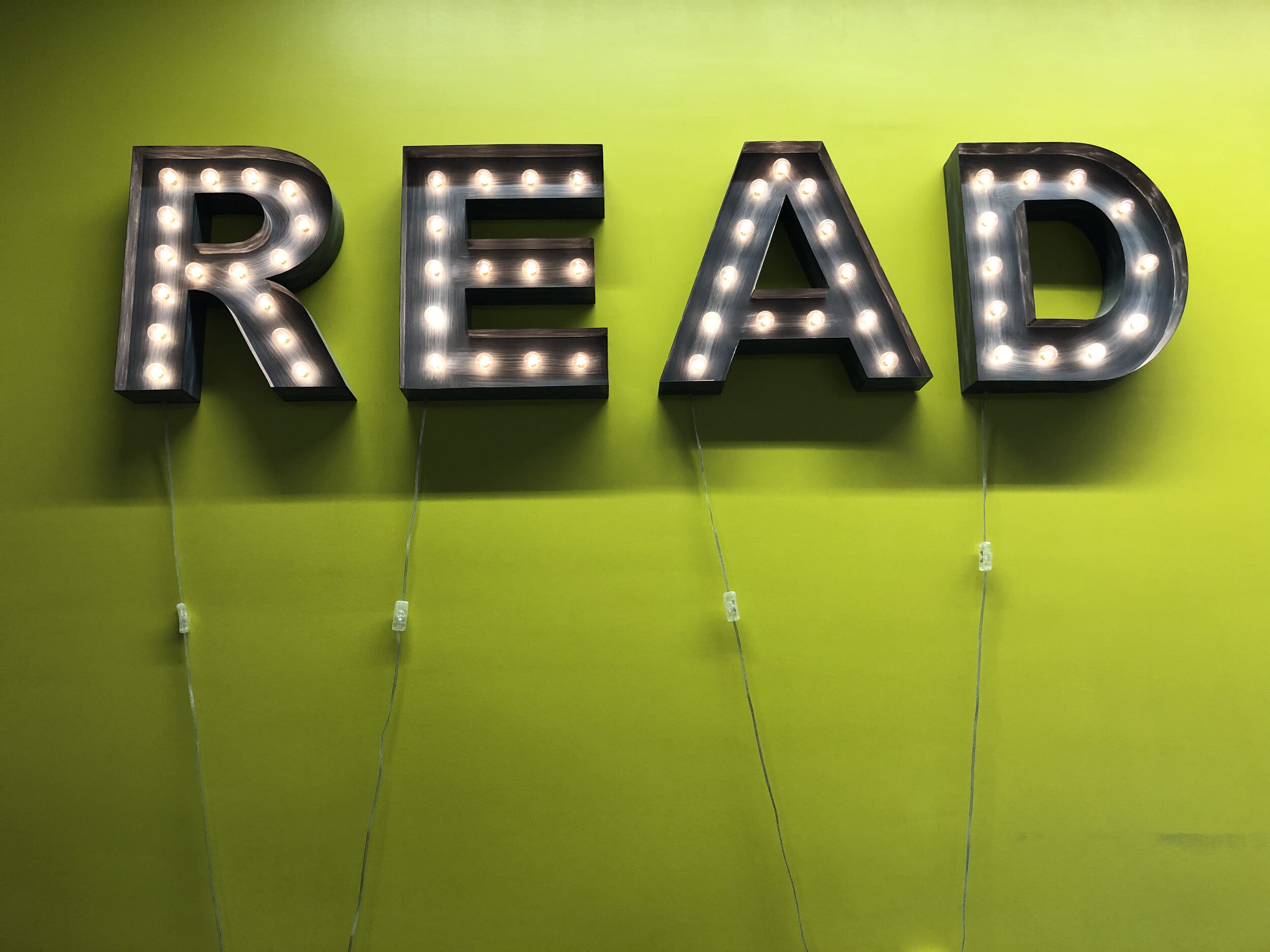
Teaching
Some courses, past and present.
A Divided Kingdom: Nation, Race, and Belonging in Postwar Britain
When Aldwyn Roberts, famed Trinidadian calypsonian “Lord Kitchener,” landed in England, he commemorated the event by singing “London Is the Place for Me,” a song celebrating the beauty and hospitality of his “Mother Country.” Roberts was a passenger on the ship Empire Windrush, whose 1948 arrival from the West Indies signaled a new era of migration to the UK from its colonies, many of which would gain independence over the next fifty years. But was Britain the place for them? As many discovered, making a home there was a fraught process, fueled by long-existing structures of racial prejudice that continue and evolve to this day.
This course explores the cultural politics of British identity after 1945: a period whose social and political upheavals both radically redefine and conservatively re-entrench “British” as a category of analysis. From the 1958 Notting Hill race riots to current-day Brexit, national belonging has always been a complex and contested process, one that fuels myriad forms of desire and alienation. During our time together, we will ask: how do artists and theorists engage with problems of inequality, histories of empire and migration, politics of race, sexuality, and class, and practices of community-building? How do they respond to these aspects of modern social life, as well as re-imagine what that sociality might look like? We will approach these questions by focusing on Black and Asian British literatures—including works by authors Buchi Emecheta, Bernadine Evaristo, Jackie Kay, Hanif Kureishi, Andrea Levy, Daljit Nagra, Caryl Phillips, Salman Rushdie, Sam Selvon, Kamila Shamsie, Warsan Shire, and Zadie Smith—as well as selections from the fields of postcolonial, feminist, and cultural studies.
(image: Small Island set, National Theatre production, 2019 - personal photograph)
Law and Literature
This course will explore the complex relationship between literature and law, focusing on how each represents and responds to violence and its aftermath. As we survey a series of twentieth-century juridical paradigms (trials, rights, reparations, and reconciliation), our goal will not be to judge the efficacy of literary and legal projects, but rather to study how they imagine issues of guilt, responsibility, testimony, commemoration, apology and forgiveness. Our readings will include novels, short stories, poetry, legal theory, documentaries, and key documents of international law: authors will most likely include Hannah Arendt, J.M. Coetzee, Jacques Derrida, Franz Kafka, Michael Ondaatje, Julie Otsuka, and M. NourbeSe Philip.
(image: “Manzanar Relocation Center from tower,” Ansel Adams, 1943)
Literature Today
Co-taught with Teju Cole
All literature was contemporary at some point, but the literature that is contemporary now provides special opportunities for enjoying, questioning, and understanding the world. Literature Today focuses on works written since 2000—since most of you were born. It explores how writers from around the world speak to and from their personal and cultural situations, addressing current problems of economic inequality, technological change, structural prejudice, and divisive politics. We will encounter a range of genres, media, and histories to study contemporary literature as a living, evolving system. The course uniquely blends literary study and creative writing—students will analyze literature and make literature. The conviction that these practices are complementary will inform our approach to readings and course assignments.
(image: opening lines of Layli Long Soldier’s Whereas, 2017)
Global Fictions
This course serves as an introduction to the global novel in English, as well as a survey of critical approaches to transnational literature. Along the way, we will consider specific issues of migration, colonialism, “new Englishes,” cosmopolitanism and globalization, the influence of religion and fundamentalism, environmental concerns, the global and divided city, racial and sexual politics, and international kinship. Authors will most likely include Teju Cole, Tsitsi Dangarembga, Mohsin Hamid, Jamaica Kincaid, Michael Ondaatje, Ruth Ozeki, Arundhati Roy, Ken Saro-Wiwa, and Monique Truong.
(image: glossary from Ken Saro-Wiwa’s Sozaboy, 1985)
War and Its Representations
This course will explore a range of approaches to representing war. Among the questions we will ask are: When does war begin, and when does it end? At what distance do we sense war, and at what scale does it become legible? What are the stakes of writing, filming, or recording war, or for that matter, studying its representations? We will address these issues through units on violence, trauma, apocalypse, mourning, repair, visuality, and speed. Texts will most likely include Homer’s Iliad, novels by Virginia Woolf and Pat Barker, Supreme Court cases, films by Alain Resnais and Akira Kurosawa, and theory by Judith Butler, Jacques Derrida, Sigmund Freud, Susan Sontag, Sun Tzu, and Paul Virilio.
(image: “Carte figurative des pertes successives en hommes de l'Armée Française dans la campagne de Russie 1812–1813,” Charles Joseph Minard, 1869)




